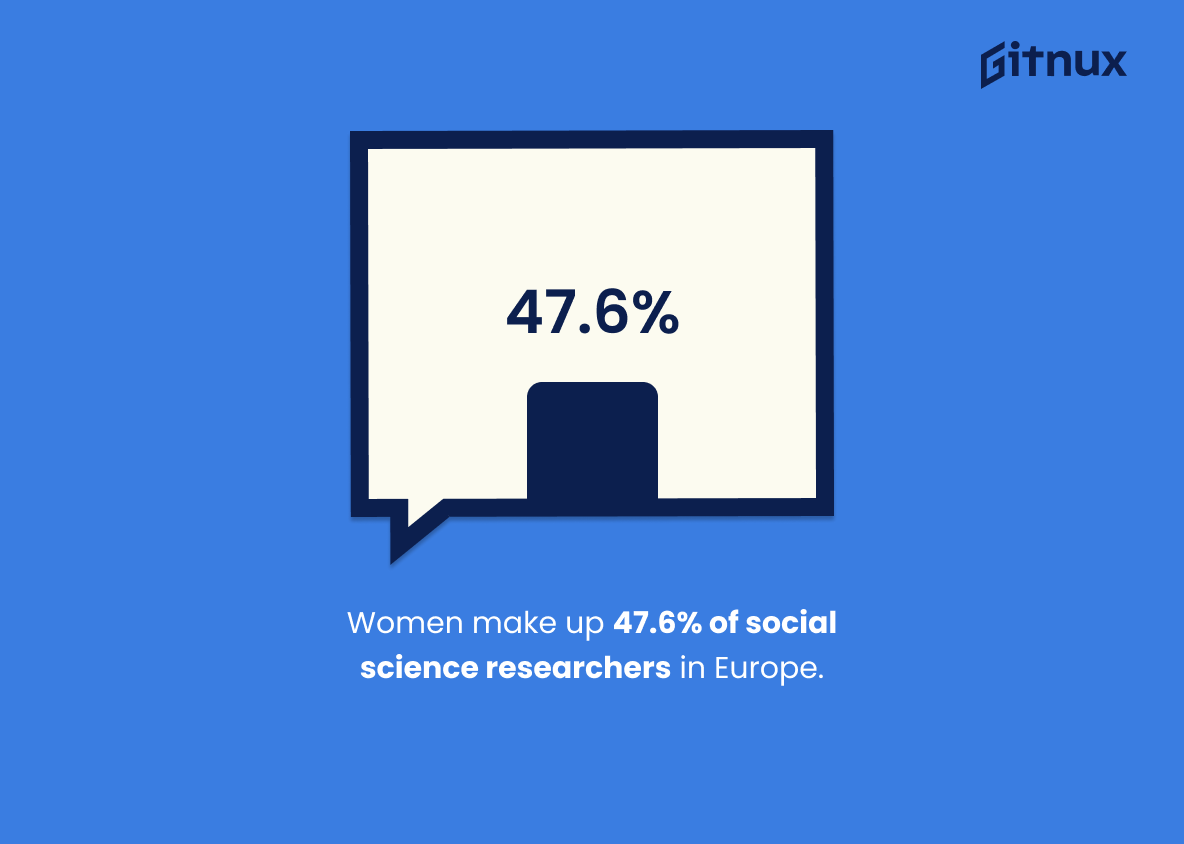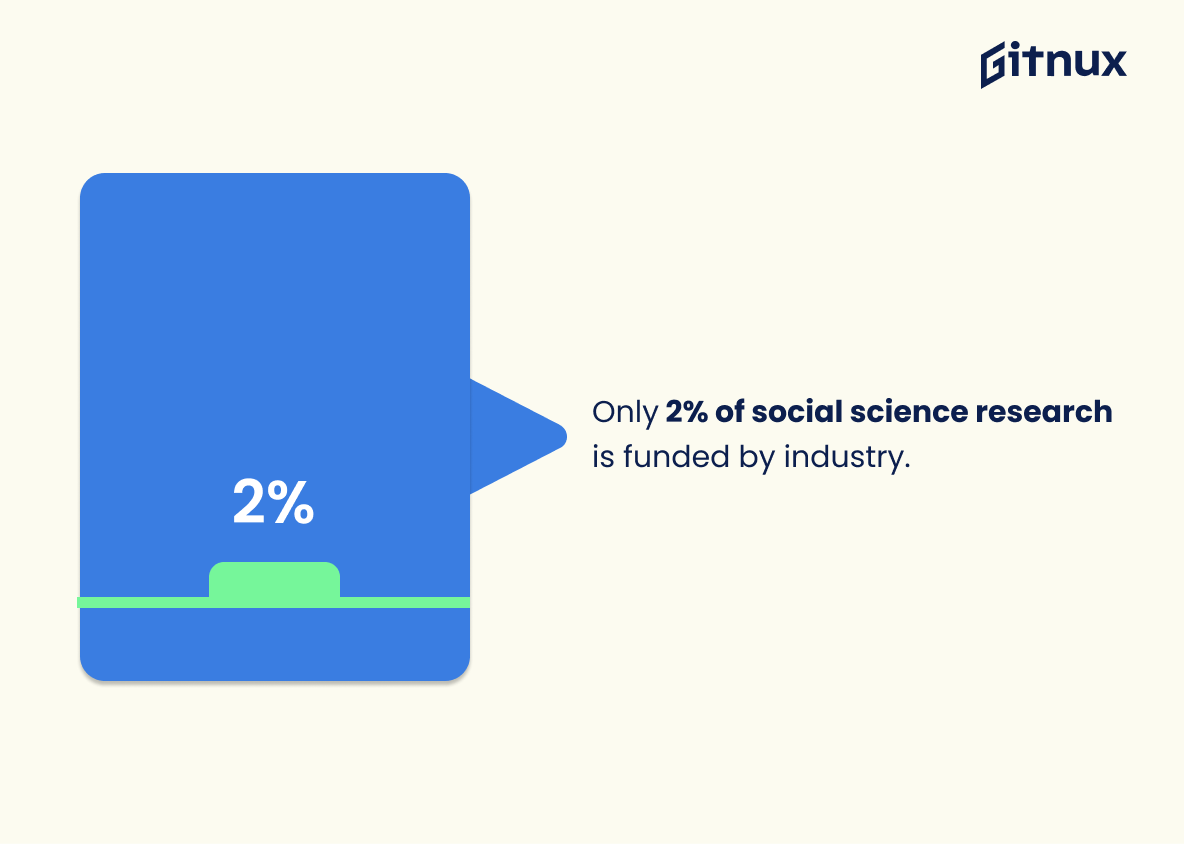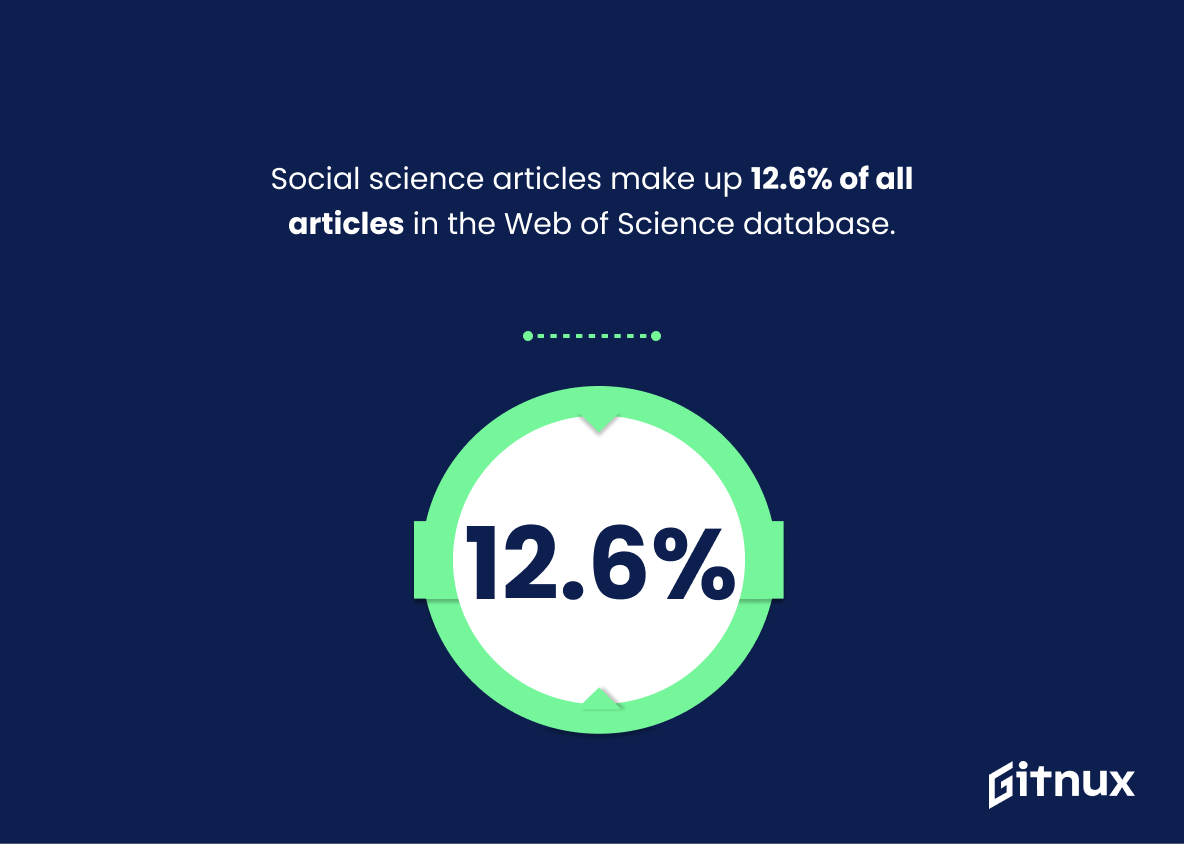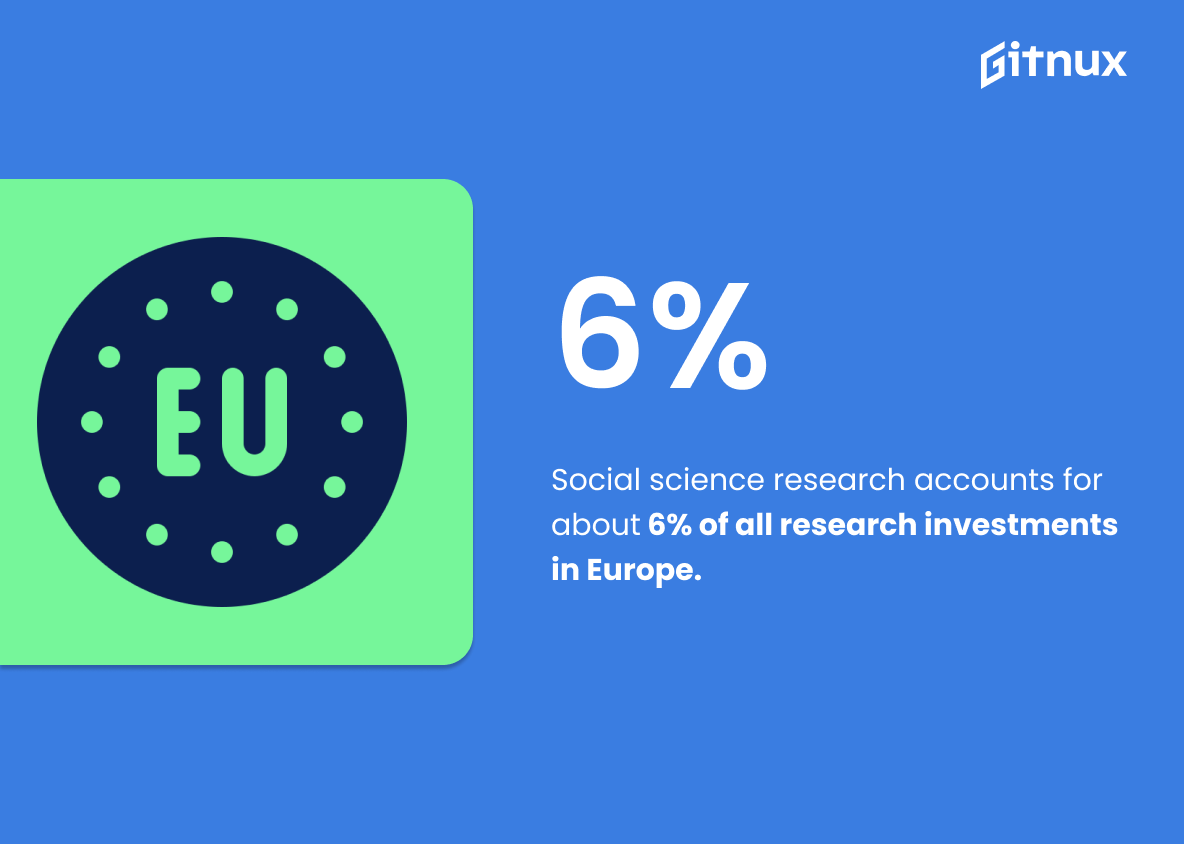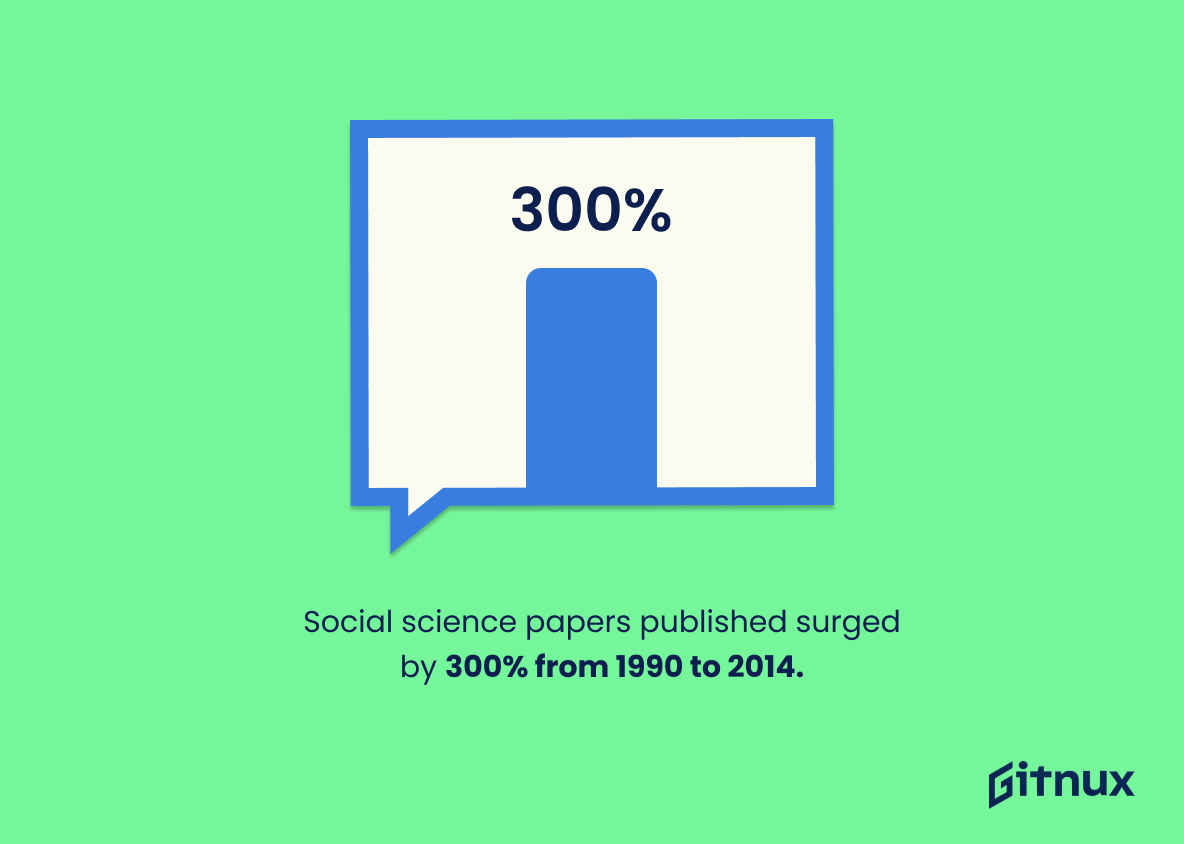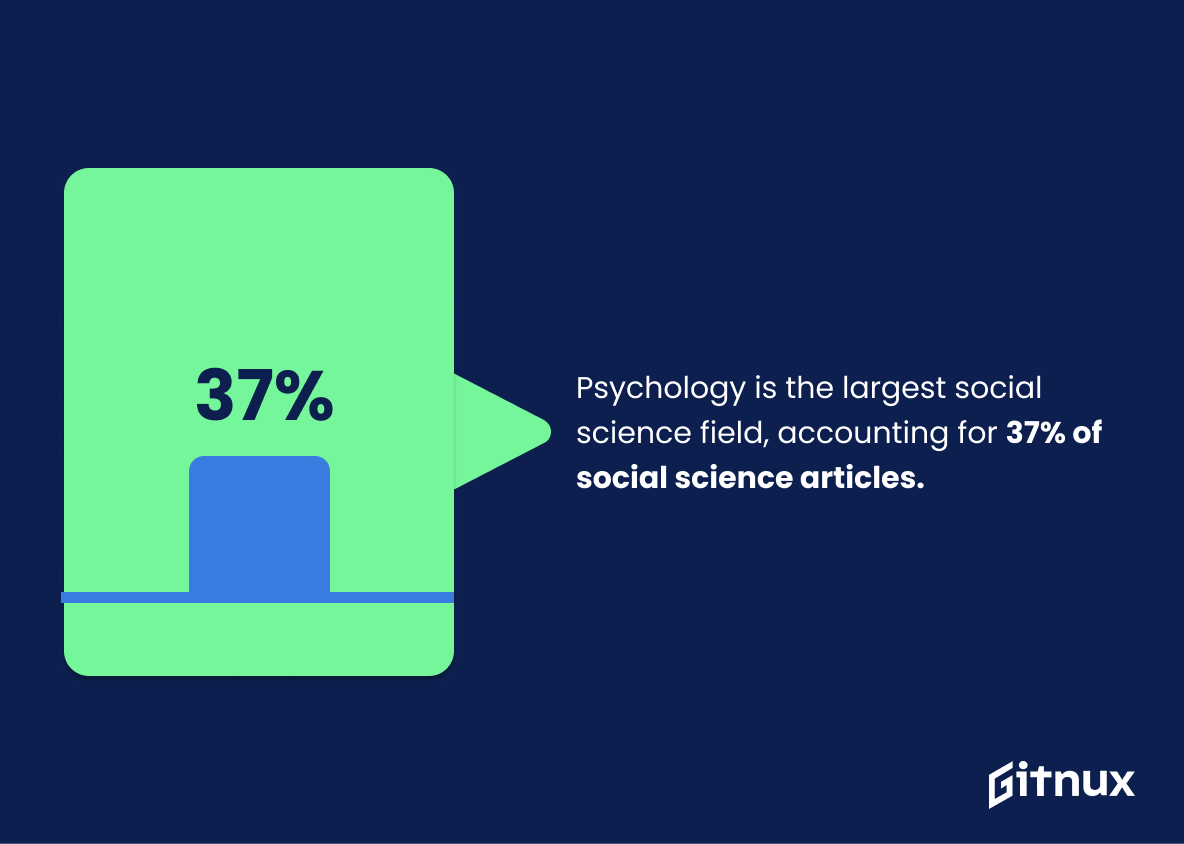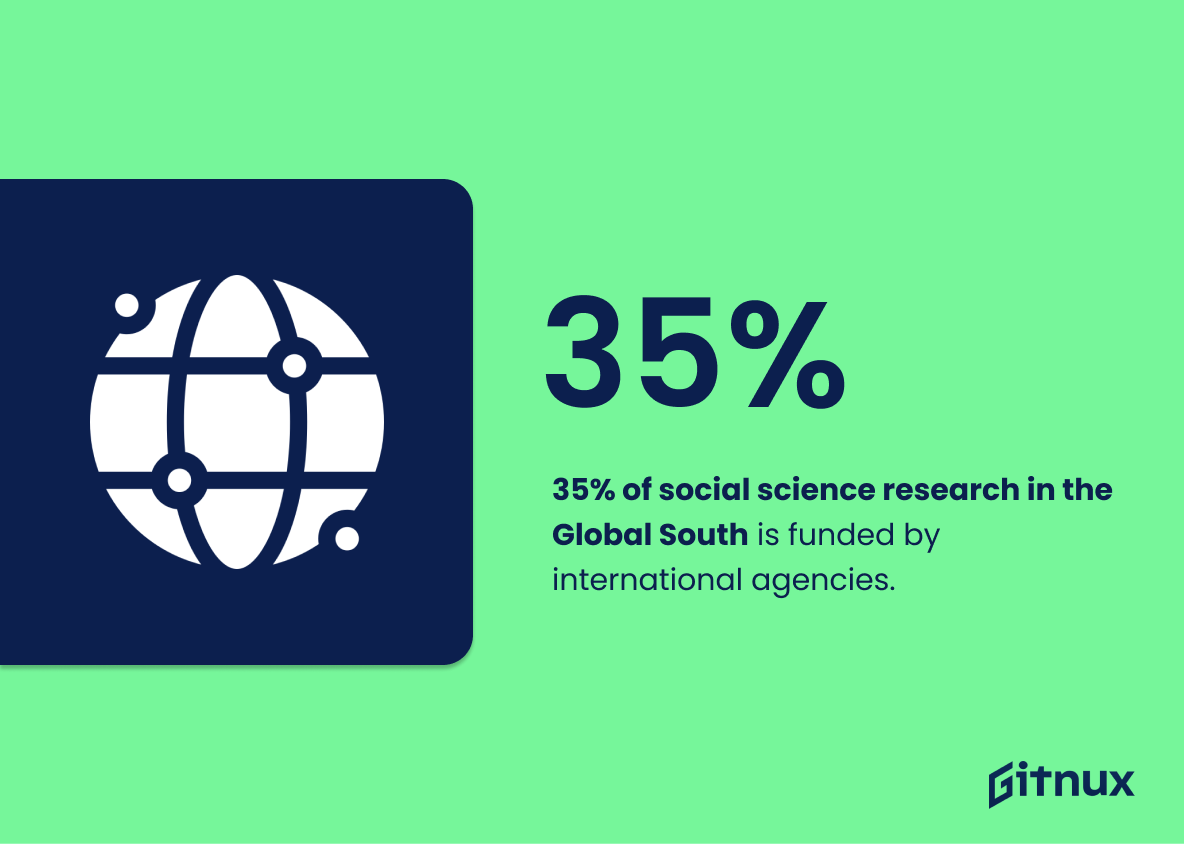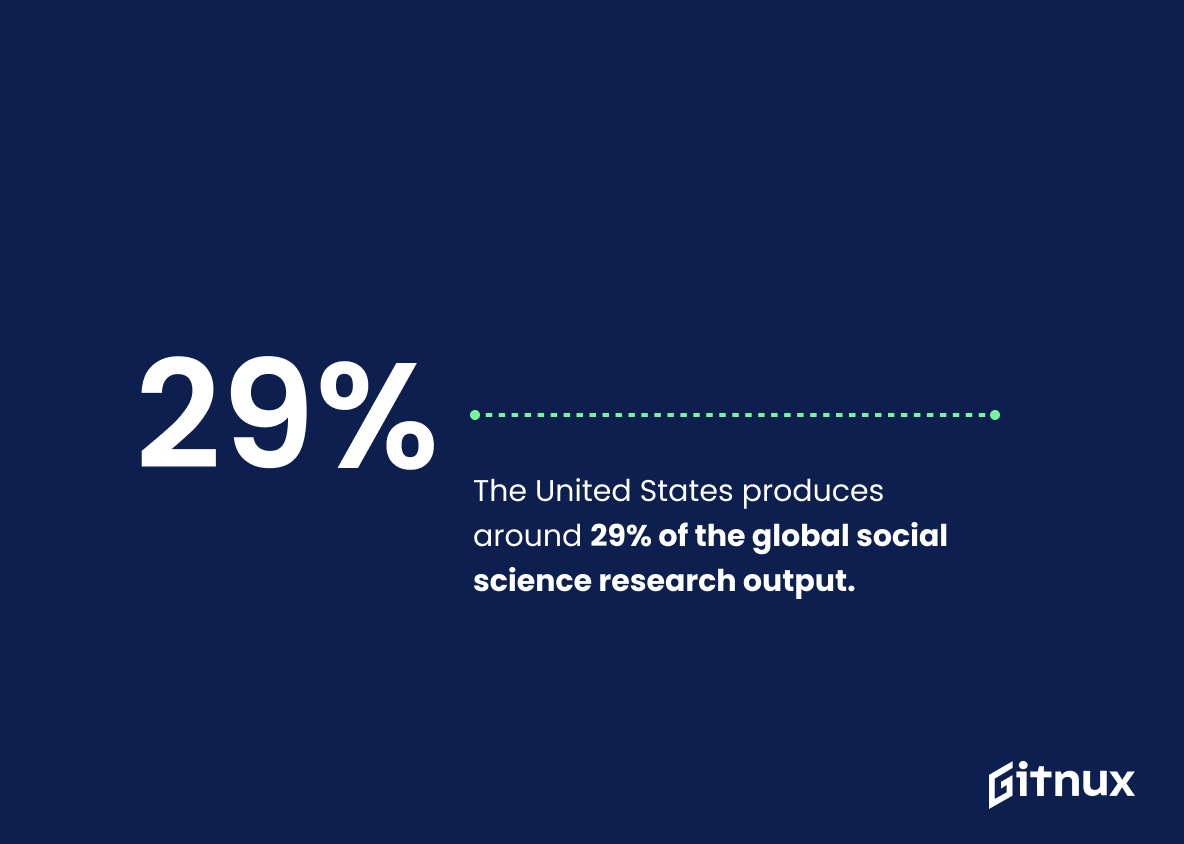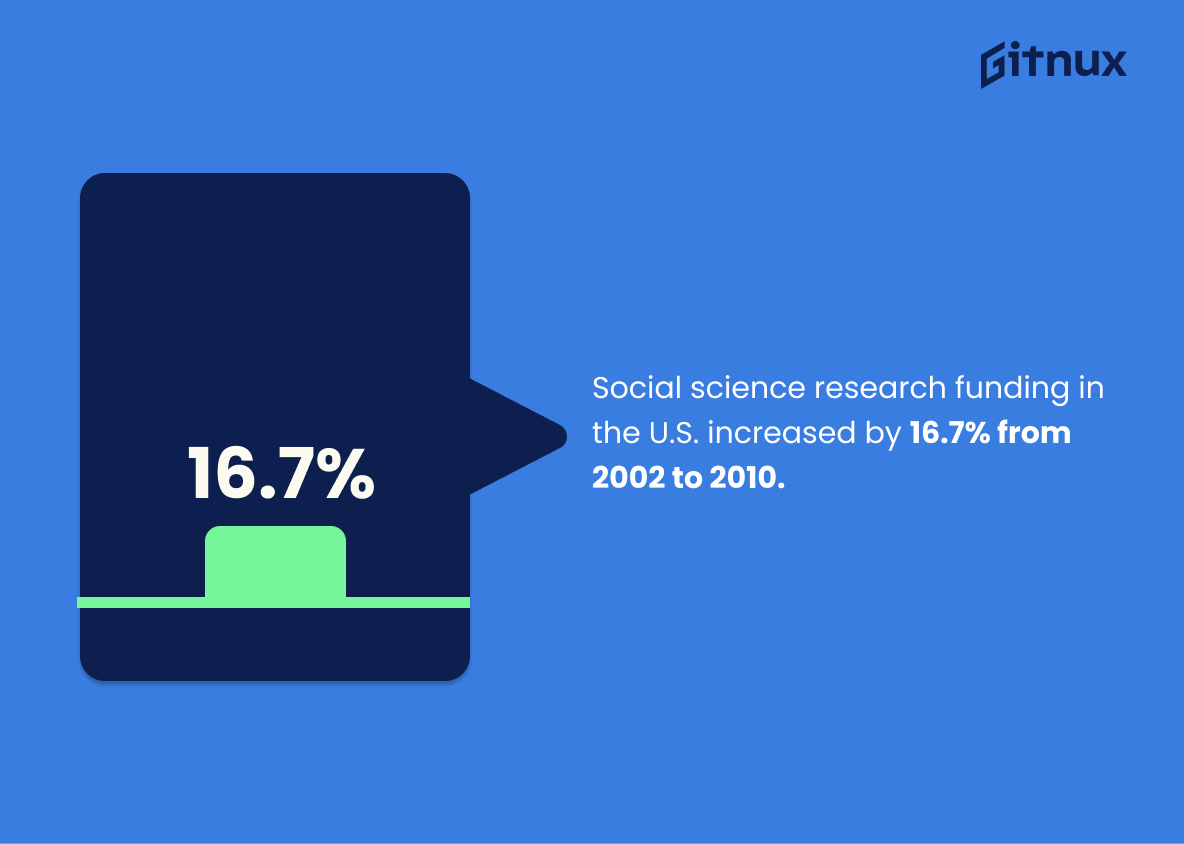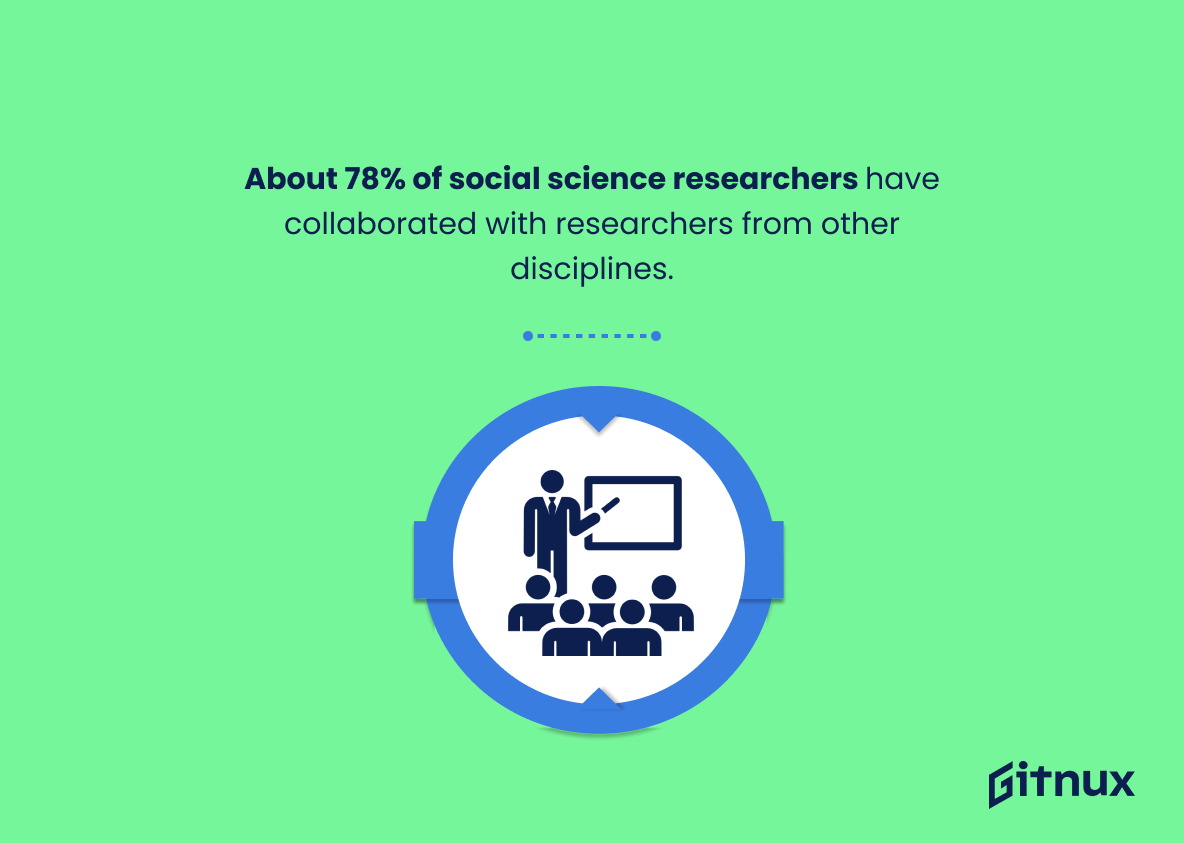Social science is a field of study that has seen tremendous growth in recent years. From the number of graduates entering the workforce to research funding and collaboration, there are many interesting statistics about social science that can help us better understand its impact on society. This blog post will explore 20 different statistics related to social science, including employment rates for graduates, percentage of Bachelor’s degrees earned by social scientists, citation impacts compared to natural sciences, gender representation among researchers in Europe and more. We’ll also look at how much research output comes from each country around the world as well as trends in data downloads from ICPSR over time. By exploring these facts and figures we can gain insight into this important area of study and see where it stands today.
This statistic is a testament to the value of a Social Science degree. It shows that the skills and knowledge acquired through a Social Science degree are highly sought after in the job market, and that graduates can expect to find employment quickly after graduation. This is an important point to make in a blog post about Social Science Statistics, as it demonstrates the practical benefits of studying Social Science.
Social science graduates make up about 18.2% of all Bachelor’s degrees earned in the United States.
This statistic is a powerful indicator of the importance of social science in the United States. It shows that social science is a major part of the educational landscape, and that it is a field that is highly valued by students and employers alike. It also speaks to the potential for social science graduates to make a meaningful contribution to society, as they are well-equipped to tackle the complex social issues of our time.
Social Science Statistics Overview
Social science has an average worldwide citation impact of 1.4, compared to 2.22 for natural sciences.
This statistic serves as a stark reminder of the importance of social science research. It highlights the fact that, while social science research may not be as widely cited as natural science research, it is still an invaluable source of knowledge and insight. By comparing the citation impact of social science to that of natural science, this statistic emphasizes the need for further investment in social science research in order to ensure that its findings are given the attention they deserve.
Women make up 47.6% of social science researchers in Europe.
This statistic is a powerful reminder of the progress that has been made in the field of social science research in Europe. It highlights the fact that women are increasingly being given the opportunity to contribute to the field, and that their voices are being heard. This is an important step forward in terms of gender equality, and it is encouraging to see that the number of female researchers is steadily increasing.
In the UK, 62% of social science PhD holders are employed in higher education.
This statistic is a testament to the value of social science PhD holders in higher education. It highlights the importance of social science research and the need for qualified professionals to lead the way in this field. It also shows that universities are investing in social science research and are willing to hire those with the necessary qualifications to help further their research. This is an encouraging sign for those considering a career in social science and demonstrates the potential for success in this field.
Only 2% of social science research is funded by industry.
This statistic is a stark reminder of the limited resources available to social science researchers. It highlights the need for more industry funding to support the development of social science research and ensure that the field can continue to grow and evolve. It also serves as a reminder of the importance of public funding for social science research, as it is often the only source of funding available to researchers.
Social science articles make up 12.6% of all articles in the Web of Science database.
This statistic is a testament to the importance of social science research in the world today. It shows that social science is a field of study that is highly valued and respected, and that its findings are being used to inform decisions and shape the world. This statistic is a reminder that social science is an essential part of our lives and that its findings should be taken seriously.
Social science research accounts for about 6% of all research investments in Europe.
This statistic is a telling indication of the value placed on social science research in Europe. It speaks to the level of investment that is being made in this field, and the importance of its findings to the region. It is a reminder that social science research is an essential part of understanding the world around us, and that it should be given the attention and resources it deserves.
There has been a 300% increase in the number of social science papers published between 1990 and 2014.
This statistic is a testament to the immense growth of the social sciences in the past two decades. It speaks to the increasing importance of social science research and its impact on our understanding of the world. It also highlights the need for more resources to be devoted to social science research, as the field continues to expand and evolve.
In the United States, social science research accounts for 7.2% of all research and development funding.
This statistic is a powerful indicator of the importance of social science research in the United States. It shows that social science research is being funded at a significant level, which suggests that it is seen as a valuable and necessary part of the research and development process. This is an important point to make in a blog post about social science statistics, as it demonstrates the value of social science research and its importance in the overall research and development landscape.
Psychology is the largest social science field, accounting for 37% of social science articles.
This statistic is a testament to the importance of psychology in the social sciences. It highlights the fact that psychology is a major contributor to the field, accounting for a significant portion of the research and articles published. This is significant because it shows that psychology is a major player in the social sciences, and its influence should not be underestimated.
About 62% of social scientists are employed in the public sector.
This statistic is a telling indication of the importance of social science in the public sector. It highlights the need for social scientists to be employed in the public sector in order to provide valuable insights and analysis into the various issues that affect society. This statistic also serves as a reminder of the importance of social science in helping to shape public policy and decision-making.
35% of social science research in the Global South is funded by international agencies.
This statistic is a telling indication of the importance of international agencies in the development of social science research in the Global South. It highlights the need for external support in order to ensure that the region is able to access the resources and expertise necessary to conduct meaningful research. Furthermore, it serves as a reminder of the importance of international collaboration in order to ensure that the Global South is able to benefit from the latest advances in social science research.
Social science research output increased at an average annual rate of 7% between 1999 and 2009.
This statistic is a testament to the growing importance of social science research in the modern world. It shows that, over the course of a decade, the output of social science research has increased at a steady rate, indicating that the field is becoming increasingly relevant and valuable. This is an important point to make in a blog post about social science statistics, as it demonstrates the growing importance of the field and the need for further research and exploration.
The United States produces around 29% of the global social science research output.
This statistic is a testament to the United States’ commitment to social science research. It highlights the importance of the US in the global research landscape, and the impact that its research has on the world. It also serves as a reminder of the need for continued investment in social science research, both in the US and abroad, to ensure that the world continues to benefit from the knowledge and insights generated by this field.
Social science research funding in the U.S. increased by 16.7% from 2002 to 2010.
This statistic is a testament to the growing importance of social science research in the U.S. It shows that the government is investing more resources into understanding the complexities of society, which can lead to better policies and improved quality of life for citizens. This is an encouraging sign for those interested in the field of social science and its potential to make a positive impact on society.
About 78% of social science researchers have collaborated with researchers from other disciplines.
This statistic speaks volumes about the importance of collaboration in the social sciences. It shows that researchers recognize the value of working together with experts from other disciplines to gain a more comprehensive understanding of the topics they are studying. This kind of interdisciplinary approach can lead to more innovative solutions and a better understanding of the complexities of social science research.
Conclusion
The statistics presented in this blog post demonstrate the importance of social science research and its impact on society. Social science graduates have a high rate of employment within six months after graduation, making up 18.2% of all Bachelor’s degrees earned in the United States. The average worldwide citation impact for social sciences is 1.4 compared to 2.22 for natural sciences, with women accounting for 47.6% of researchers in Europe and 62% employed in higher education institutions across the UK alone.
Social science research has seen an increase over time; there was a 300% rise between 1990-2014 while downloads from ICPSR increased by 302%. Funding also saw an increase – 16.7%, 2002-2010 – although only 2% comes from industry sources which is much lower than other disciplines such as natural sciences or engineering where funding can be more easily obtained due to their practical applications outside academia . Psychology remains the largest field within social sciences at 37%, followed closely by sociology (17%) and economics (14%). Finally, 78 %of researchers collaborate with those from other fields demonstrating that interdisciplinary work plays an important role when it comes to advancing knowledge about our societies today..
References
0. – https://www.blogs.lse.ac.uk
1. – https://www.rand.org
2. – https://www.ecdpm.org
3. – https://www.nap.edu
4. – https://www.natureindex.com
5. – https://www.weforum.org
6. – https://www.statista.com
7. – https://www.nsf.gov
8. – https://www.amacad.org
9. – https://www.prospects.ac.uk
10. – https://www.esrc.ukri.org
11. – https://www.ec.europa.eu
12. – https://www.nature.com
ZipDo, cited June 2023: Social Science Statistics

